Camping is a great adventure. No matter the season is. Indeed during winter, it can be more challenging to feel comfortable at night. Fortunately, there are more than a few tips that can help you with this. Eventually, passing successfully winter camping can be even more excited. Winter camping tips can be useful both for camping while trekking or camping on their own. And you even don’t need to overpack.
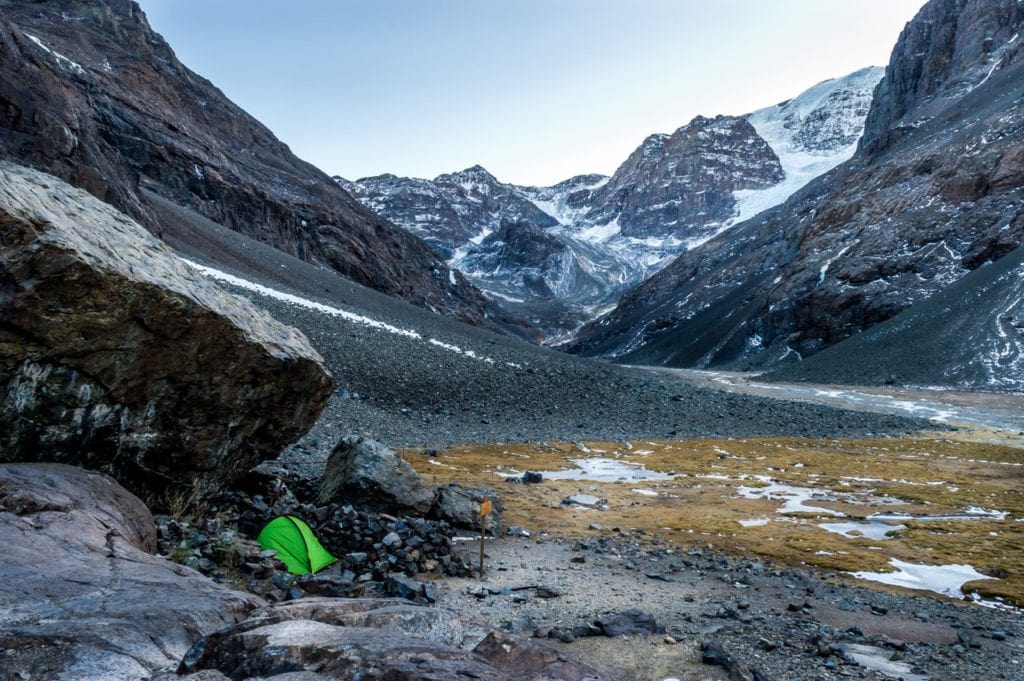
Choosing your campsite is the first step.
Try to avoid exposed campsite where the winds can ruin your experience. Try to locate a place behind trees or ground shape that blocks the wind. Valleys can serve as a wind tunnel as well, So sometimes it is better not to go all the way down the valley and to stay at a higher point. Speaking about the winds, try to feel the direction of the wind and place the front door accordingly. That way the wind won’t blow inside your tent easily when unzipping the tent and getting out or in.
Alternatively, If the wind direction is steady and depends on the shape of your tent, place the narrower side in front of the wind to decrease the exposed surface area.
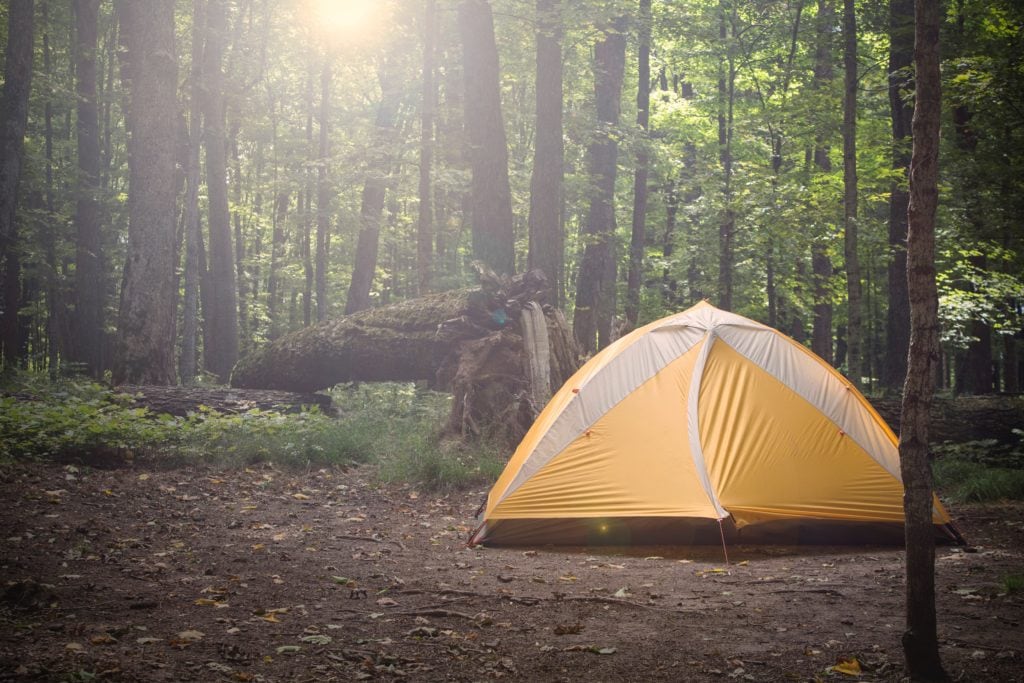
If this is a new tent, practice it at home. That way you ensure you know how to deal with it and to build it as fast as possible. When you stop hiking your body temperature drops and you want a wind shelter fast.
If your tent is much bigger than the people and equipment you are placing inside, it means colder ambient inside the tent. In winter camping or cold-weather camping, when possible carry a smaller tent. Place your gear inside the tent to reduce the ambient temperature.
If your tent is not a wind blocker. Place an emergency blanket or other wind blocker cover above your tent to block a direct wind to hit your tent.
Tents have also been classified for 2/3/4 seasons. with the reason. How good they are as wind blockers or as waterproof. For cold weather camping, obviously You should choose at least a wind blocker one.
If apart of the cold is also expected to be rainy, you should place your tent, not on the water pathway. try to locate a more dryer path. you can also “dig” water tunnel surrounding your tent to avoid water from running under your tent.
Isolate your blanket or sleeping bag with a good enough sleeping pad or foam that is suitable to isolate the cold ground from your sleeping bag, and body.
Body-to-body warming can be effective. Keep your sleeping pads adjacent to each other.
There are sleeping bags that can be zipped together and sometimes it can be a good option to keep full coverage and enjoy body to body warming. In extreme conditions though, like in high altitude mountaineering, where you use high graded sleeping bags usually, this rarely happens.
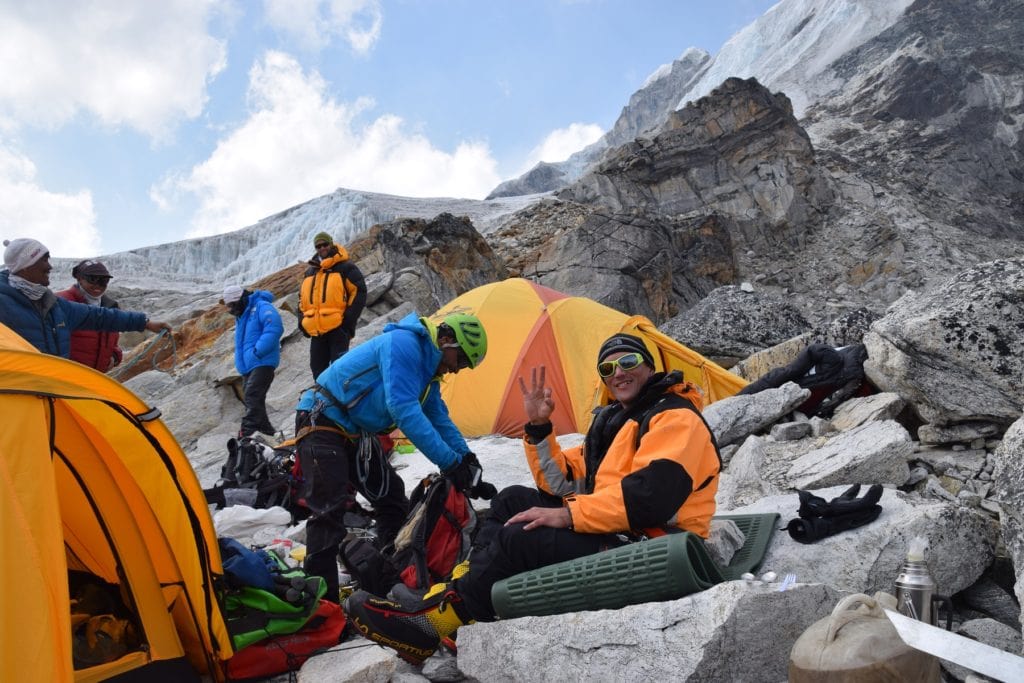
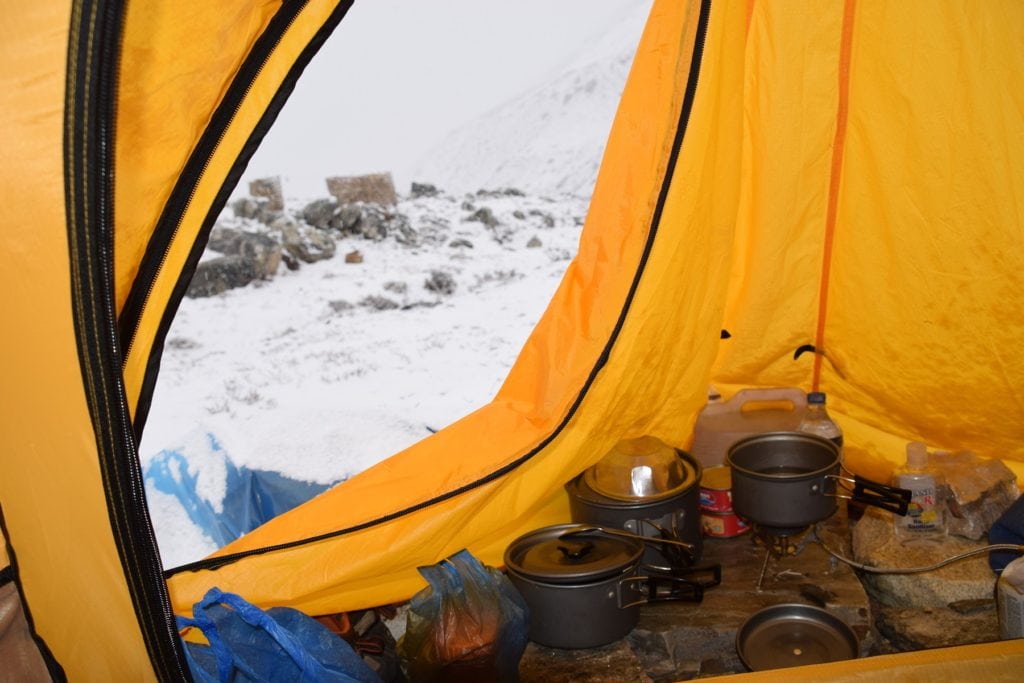
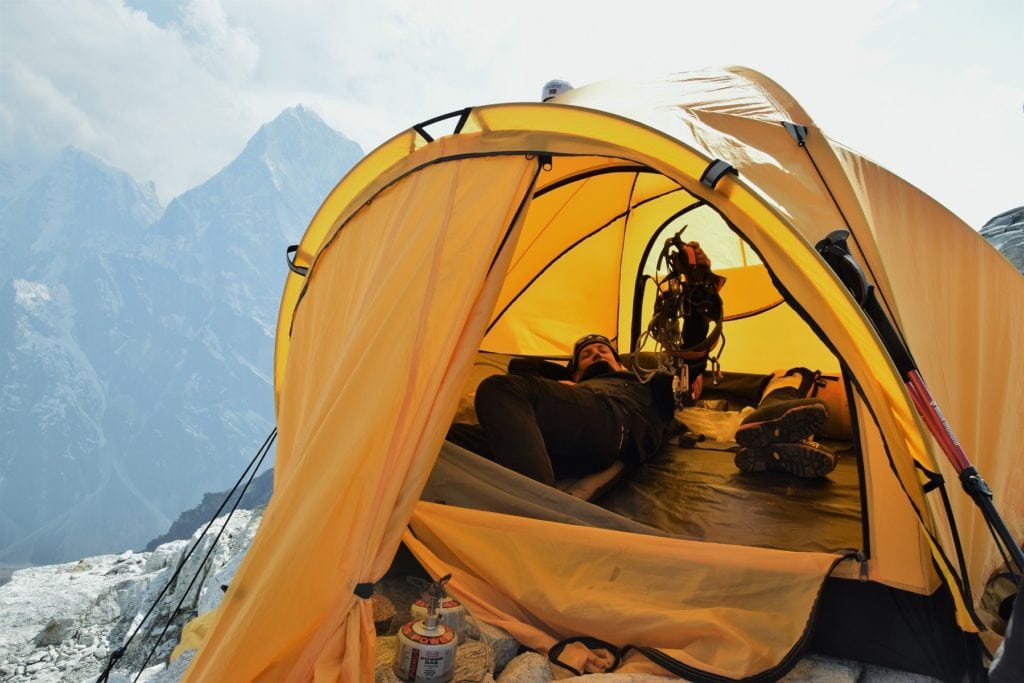

Obviously, not all sleeping bags are the same. there are different grades and some cheap bags with no grade, which will do a fantastic job in summer camping. But for cold weather, don’t camp unprepared. Make sure you carry the right sleeping bag for the conditions at which you about to camp.
By the way, fluff your sleeping bag, so air will get inside the isolation layer and will keep you warm better.
The same goes for the sleeping pad. Choose one that is suitable for your weather and terrain conditions. There are cheaper or higher cost alternative and it depends sometimes on what you can actually carry.
Winter camping demands some different sleeping routines. Change clothes inside the sleeping bag. The moves will make you look silly but will keep you warm. Use the right clothes for sleep. Keep in mind cotton clothing does not wick moisture. Then you should consider other materials such as merino wool or polyester which can keep you dryer. You can also buy a sleeping bag liner which helps to keep you warmer, and also feels better to touch and for your skin, compared to the sleeping bag itself.
Don’t go to bed while soaking wet from the trail
In some cases, you will find it useful, and possible, to carry a warming water bottle that will keep you warm for hours. just boil water, fill the water bottle and get a personal oven for the night.
Don’t go to sleep hungry. Some food, especially fatty one or full with protein will take longer to digest and will keep some metabolism activity in your stomach and can increase the body’s temperature.
Many campers don’t use the sleeping bag properly for isolation. Make sure you cover everything, besides nose and mouth. You can also sleep with a warm hat, besides your clothes.
Keeping a good pair of socks that will stay inside your sleeping bag, only to use during the night is also a good way to make sure you are covered from head to toe.
If its really cold or rainy or if you are just a bit lazy, or feel unsafe to leave the tent at night, there are urination devices you can use so you don’t need to leave the tent and let cold wind enter inside.
Place the clothes for the next day inside the sleeping bag, If you don’t wear them for the night so you will have them warmly and easily ready for your day start.
If you only have your yesterday clothes though, try to dry them before the night and keep them close to you, outside the sleeping bag, so they will not freeze.
When you have time, and your sleeping bag becomes wet during the night, from seating, breathing inside or due to wet clothes, dry it out in the sun or wind so it will be ready for your next night.
If you are trekking, and your boots have a liner, place them inside the sleeping bag, so when morning comes and you wear your boots, your feet will not suffer from the frozen boots.
Need more outdoors tips? Read here:
Leave a comment